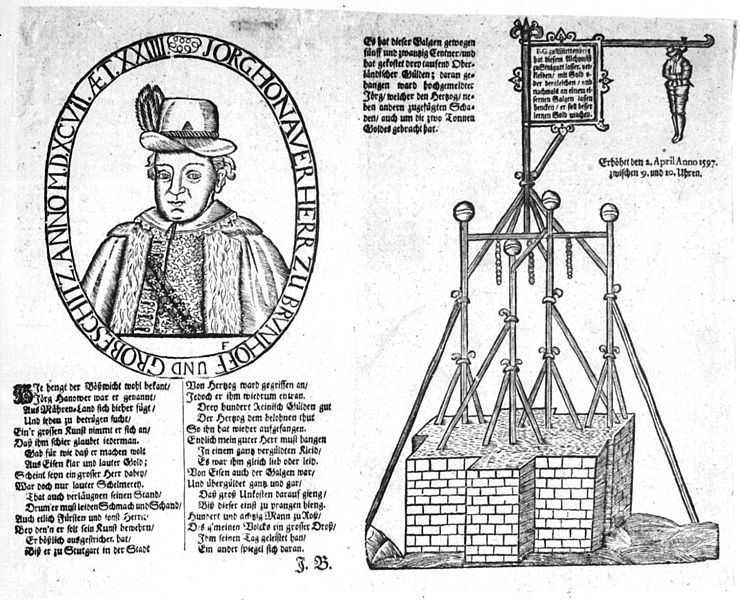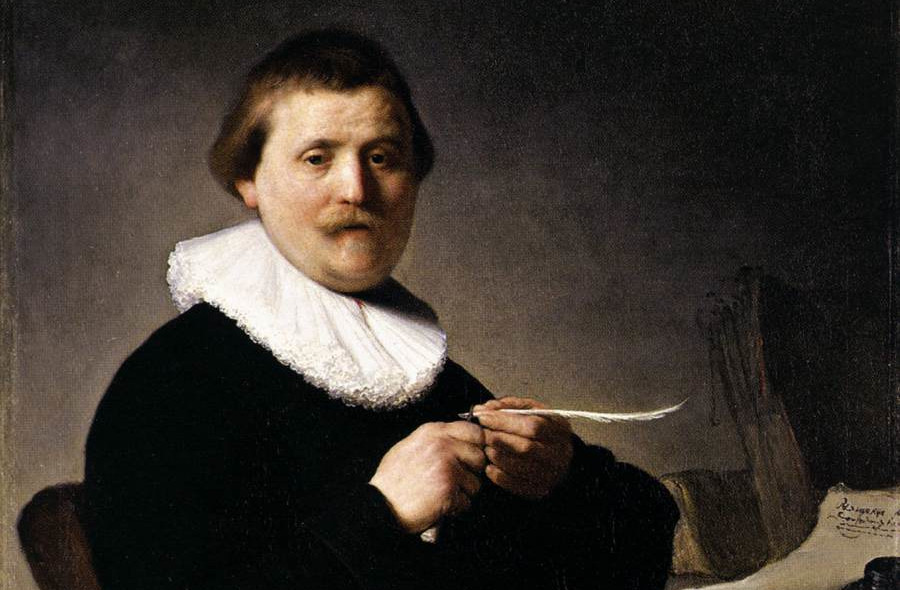
This is a floodlight photographed at night. What are the segmented stalks that seem to surround it? The phenomenon is seen regularly in photographs and videos; cryptozoologists and students of UFOs call the entities rods.
In 2003 author Robert Todd Carroll consulted entomologist Doug Yanega, who explained that they’re flying insects (in this case moths).
“Essentially what you see is several wingbeat cycles of the insect on each frame of the video, creating the illusion of a ‘rod’ with bulges along its length,” Yanega wrote. “The blurred body of the insect as it moves forward forms the ‘rod,’ and the oscillation of the wings up and down form the bulges.”
“Some hilarious photographs of ‘rods’ have been posted on the Internet,” Carroll noted. “My favorite is ‘the swallow chases a rod’ which looks just like a bird going after an insect.”




